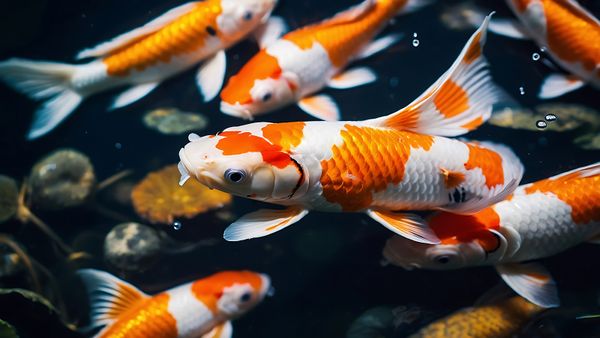
We think we know a thing or two about fish, mostly that all fish live underwater and breathe dissolved oxygen through their gills, correct? The standard answer is "yes, usually." But there are fish that can breathe air through their gills.
There are about 11 different genera of amphibious fish on this crazy planet — perhaps you've heard of lungfish and mudskippers — and it seems as if many of them evolved separately from the others, which suggests being able to breath out of the water gives some fish a real advantage over the competition.
Advertisement
This seems to be the case for the northern snakehead fish (Channa argus), which, when you look at its stats, appears to be a sort of indestructible movie supervillain. Native to China, Russia and Korea, the northern snakehead is one of 29 species of long, tubular brown and black spotted fish resembling eels, with flattened, snakelike heads. But their serpentine appearance isn't what makes them frightening.
"Snakeheads are aggressive predators that can survive in poor water quality conditions and even survive out of water for several days if they can stay moist," says Scott Robinson, a fisheries manager with Georgia's Wildlife Resources Division, in an email interview. "They have the ability to take oxygen from air or water with their gills. Since they can survive in poor conditions they are more likely to spread and persist than some other species of fish."
Basically, they eat everything, can survive aquatic conditions that would have nearly any other fish belly up on the surface, and to top it all off, they're able to wriggle out of a pond they don't like in the interest of slithering overland to greener pastures (though the babies seem to be better at this than the adults). Not only that, they're long-lived, have a wide temperature tolerance, can adapt to nearly any aquatic habitat, and reproduce twice a year — in some situations doubling their population in as little as 15 months.
Advertisement


